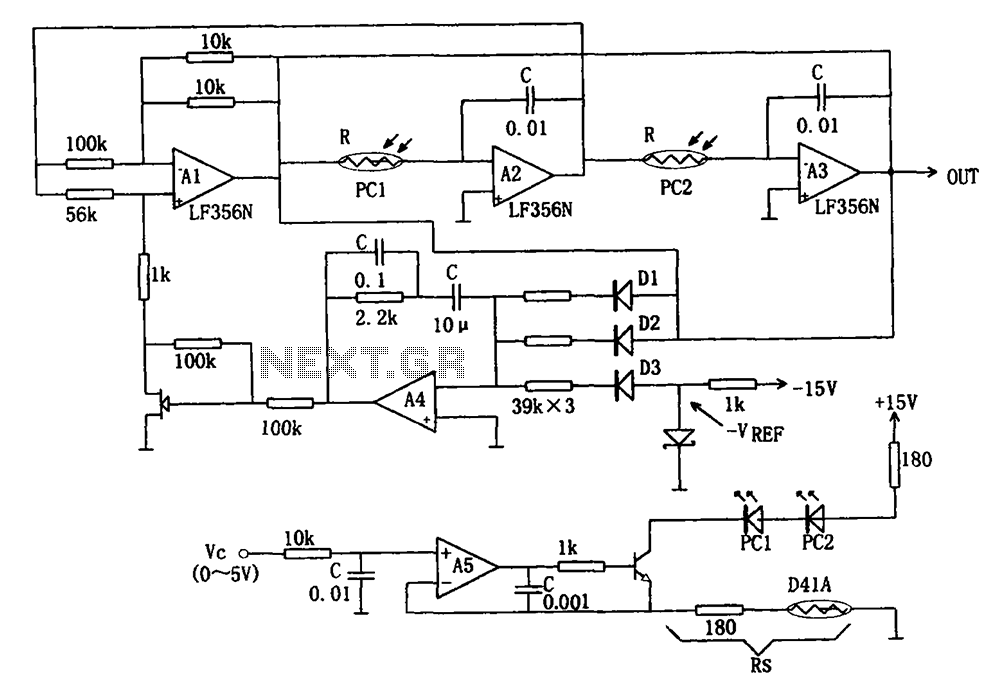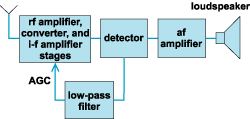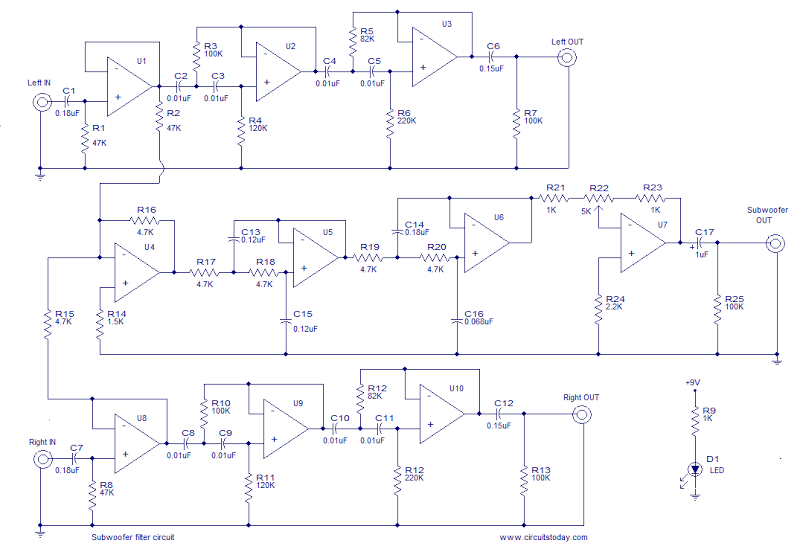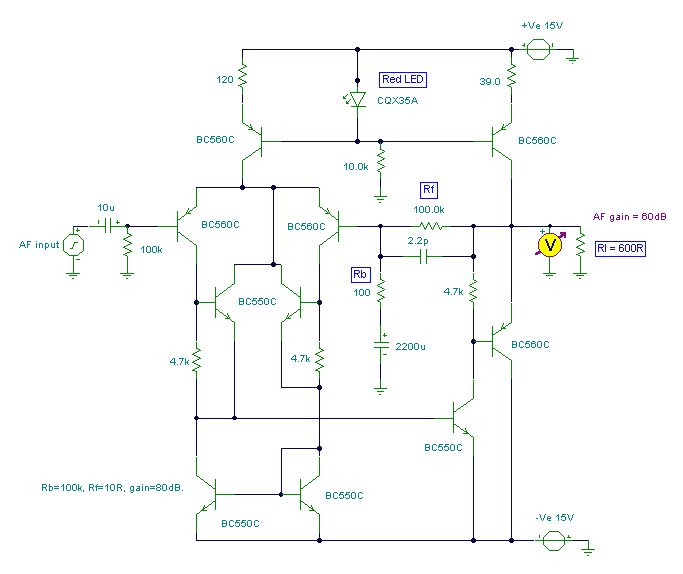
Easy Auto power battery charging circuit
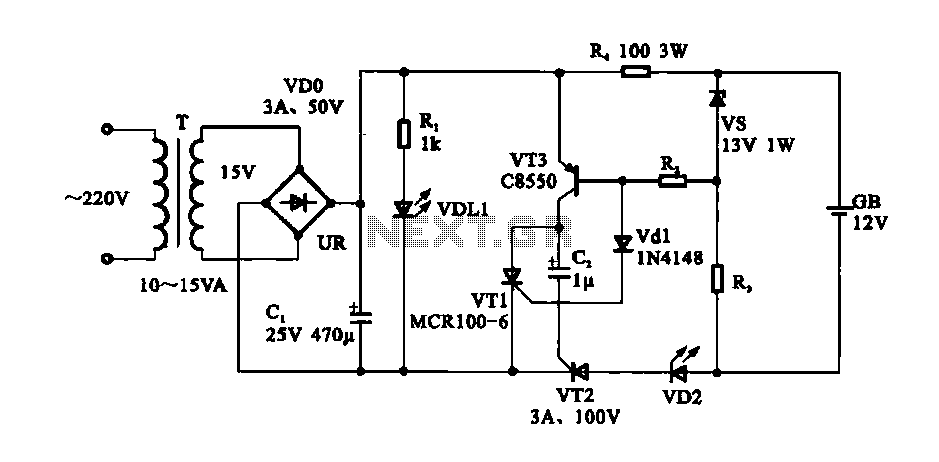
An easy automatic battery charging circuit is presented, which can automatically power off when the battery is fully charged. This design prevents overcharging.
The automatic battery charging circuit operates by utilizing a voltage sensing mechanism to monitor the battery's charge level. The primary components typically include a transformer, rectifier, voltage regulator, and a microcontroller or comparator for sensing the battery voltage.
The transformer steps down the AC voltage from the mains supply to a lower AC voltage suitable for charging the battery. The rectifier, usually a bridge rectifier configuration, converts the AC voltage to DC voltage, which is necessary for charging the battery. The output of the rectifier is then filtered using capacitors to smooth out the ripples, providing a stable DC voltage.
A voltage regulator may be employed to ensure that the voltage supplied to the battery does not exceed its rated charging voltage. This is crucial for preventing damage to the battery and ensuring a safe charging process.
The microcontroller or comparator continuously monitors the battery voltage. When the battery reaches its full charge voltage, the circuit automatically disconnects the charging current, effectively shutting off the power to the charger. This feature is essential in preventing overcharging, which can lead to battery overheating, reduced lifespan, or potential hazards.
Additional features may include LED indicators to show the charging status and a fuse for overcurrent protection. The design can be tailored to accommodate various battery types, such as lead-acid, lithium-ion, or nickel-cadmium, by adjusting the charging parameters accordingly.
Overall, this automatic battery charging circuit provides a reliable and efficient solution for maintaining battery health and performance while ensuring user safety.Easy Auto power battery charging circuit Is shown as a simple automatic power battery charging circuit, the circuit can automatically power off when the battery is fully charge d, it will not overcharge phenomenon.
The automatic battery charging circuit operates by utilizing a voltage sensing mechanism to monitor the battery's charge level. The primary components typically include a transformer, rectifier, voltage regulator, and a microcontroller or comparator for sensing the battery voltage.
The transformer steps down the AC voltage from the mains supply to a lower AC voltage suitable for charging the battery. The rectifier, usually a bridge rectifier configuration, converts the AC voltage to DC voltage, which is necessary for charging the battery. The output of the rectifier is then filtered using capacitors to smooth out the ripples, providing a stable DC voltage.
A voltage regulator may be employed to ensure that the voltage supplied to the battery does not exceed its rated charging voltage. This is crucial for preventing damage to the battery and ensuring a safe charging process.
The microcontroller or comparator continuously monitors the battery voltage. When the battery reaches its full charge voltage, the circuit automatically disconnects the charging current, effectively shutting off the power to the charger. This feature is essential in preventing overcharging, which can lead to battery overheating, reduced lifespan, or potential hazards.
Additional features may include LED indicators to show the charging status and a fuse for overcurrent protection. The design can be tailored to accommodate various battery types, such as lead-acid, lithium-ion, or nickel-cadmium, by adjusting the charging parameters accordingly.
Overall, this automatic battery charging circuit provides a reliable and efficient solution for maintaining battery health and performance while ensuring user safety.Easy Auto power battery charging circuit Is shown as a simple automatic power battery charging circuit, the circuit can automatically power off when the battery is fully charge d, it will not overcharge phenomenon.
Warning: include(partials/cookie-banner.php): Failed to open stream: Permission denied in /var/www/html/nextgr/view-circuit.php on line 713
Warning: include(): Failed opening 'partials/cookie-banner.php' for inclusion (include_path='.:/usr/share/php') in /var/www/html/nextgr/view-circuit.php on line 713
